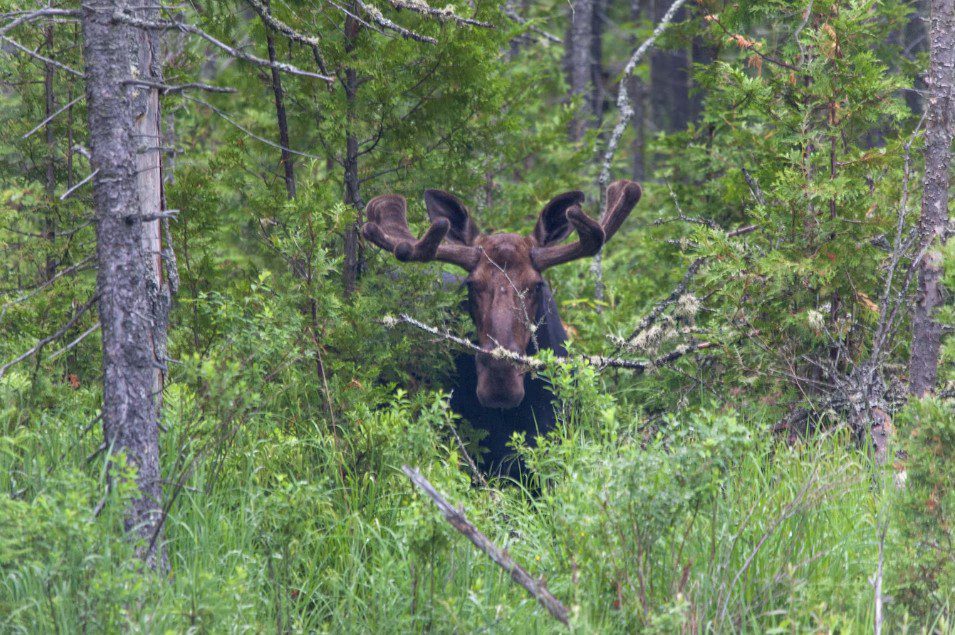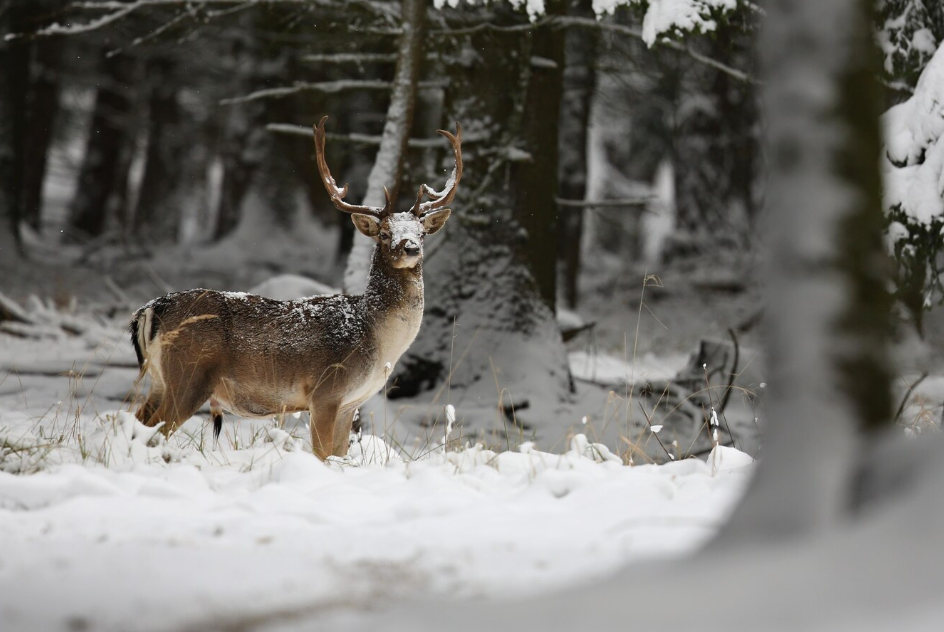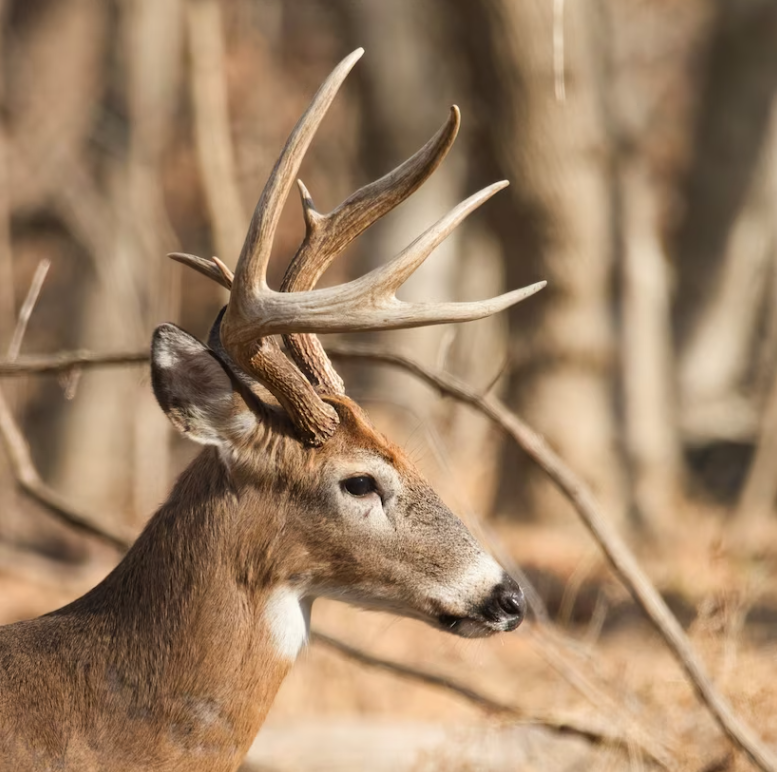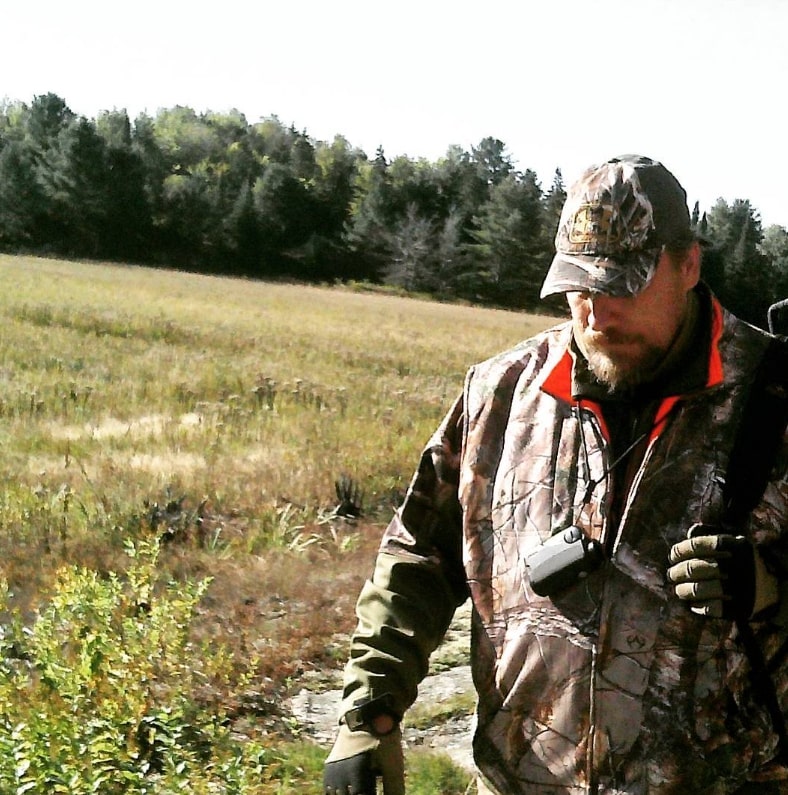Shed Hunting Moose Antlers


Shed Hunting Moose Antlers

Whoa there, hold your horses and antlers because have you heard about shed hunting? It’s all the rage among hunters and outdoor enthusiasts these days, and let me tell you, it’s a wild and unpredictable ride. You might think that hunting for whitetail deer antlers is where it’s at, but let me tell you, the real thrill is in the search for shed moose antlers.
But don’t be fooled, this is not your average run-of-the-mill activity. Shed hunting for moose antlers requires a hefty amount of knowledge and skill. It’s not just a fun way to pass the time, it’s also a vital tool for gaining insight into the moose population in a given area. Shed antlers can tell you a lot about the age, health, sex, migration patterns, and feeding habits of these majestic creatures, which can be incredibly useful for wildlife management and hunting trips.
And let’s not forget about the bragging rights that come with scoring a prized moose antler. These babies are highly coveted in the hunting and outdoor community, and can be used for all sorts of things like crafting, decoration, and as a trophy. Plus, shed hunting for moose antlers can even be used as a training exercise for your hunting dogs. Talk about killing two birds with one stone!
But when should you start your search for these elusive antlers, you ask? Well, that all depends on where you’re at and what the climate is like. Generally speaking, late winter or early spring when the snow starts to melt is the best time to get started. But beware, the exact timing can vary from moose to moose, so it’s important to keep your eyes peeled and stay vigilant.
So where should you focus your search efforts? Moose love wetlands and other areas with water, such as lakes, ponds, and rivers. These spots are often marked by well-worn trails and tracks, which can give you a glimpse into the behavior and movement patterns of these elusive creatures. And when it comes to food, moose are all about that vegetarian life, munching on vegetation like willow, birch, and aspen. Look for areas where these trees are abundant, as moose are more likely to drop their antlers in these locations.
But be warned, shed antlers can be masters of disguise, blending in easily with leaves, brush, and grass. So make sure to keep your eyes peeled and scan the ground and vegetation carefully. And if you really want to up your shed hunting game, bring along a trusty pair of binoculars to help spot antlers from a distance and identify areas where moose are feeding and traveling.
But the key to success in shed hunting for moose antlers is patience, persistence, and a little bit of luck. So don’t rush through your search, take your time, and be mindful of other wildlife in the area. And make sure to come prepared with appropriate gear and clothing to protect yourself from the elements, as shed hunting for moose antlers can involve traversing rough terrain and difficult conditions.
And let’s not forget about the importance of responsible and ethical shed hunting. Respect the natural environment and the wildlife that inhabit it, and make sure to leave no trace behind. And always remember to follow the laws and regulations surrounding shed hunting in your area, including proper permits and licenses.
In conclusion, shed hunting for moose antlers can be a wild and exciting adventure for hunters and outdoor enthusiasts alike. With patience, persistence, and a little bit of luck, you too can score a prized moose antler and gain valuable insight into the moose population in your area. So gear up, get outside, and get hunting!






